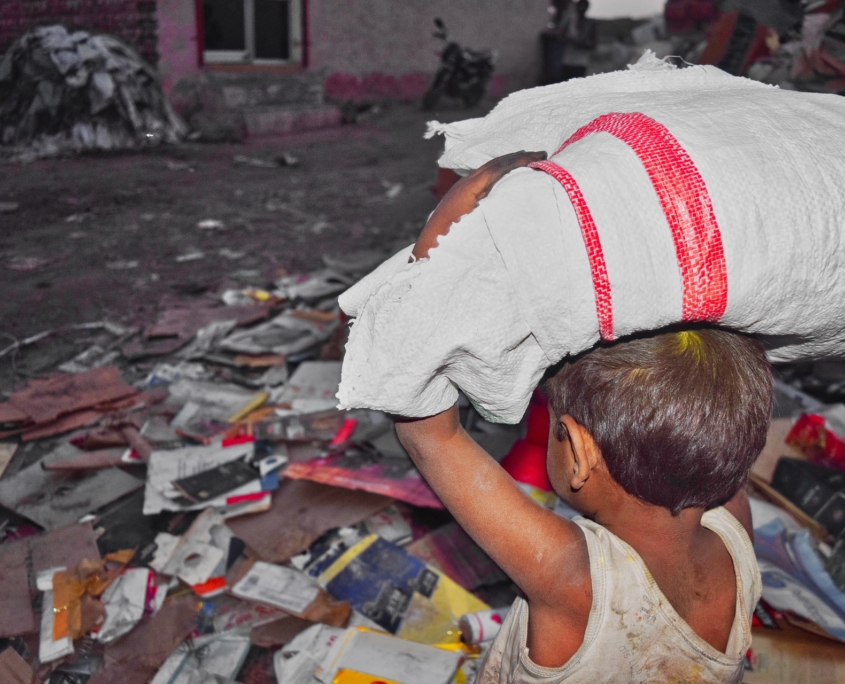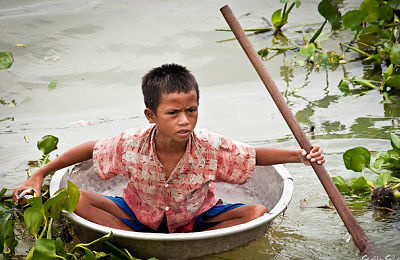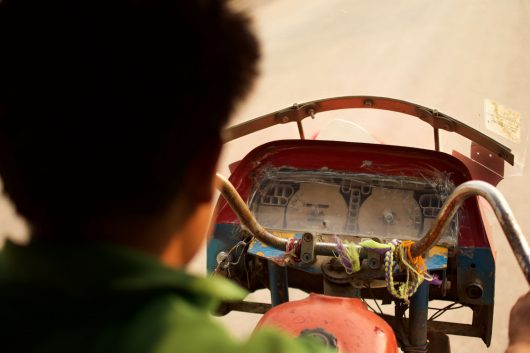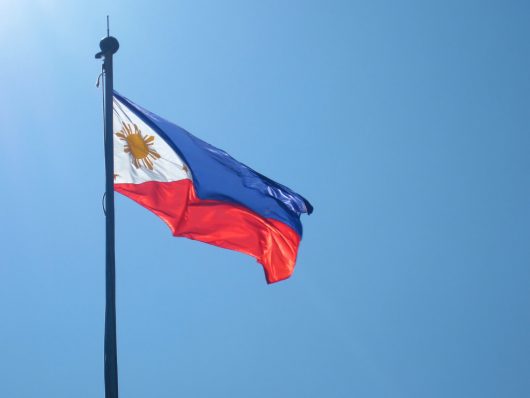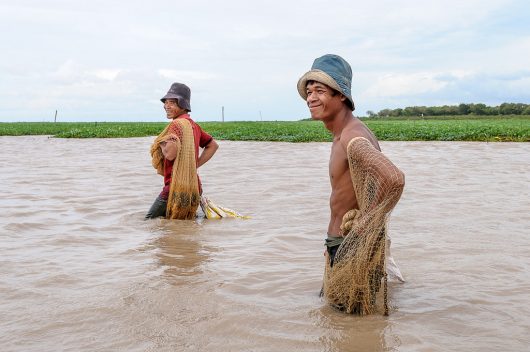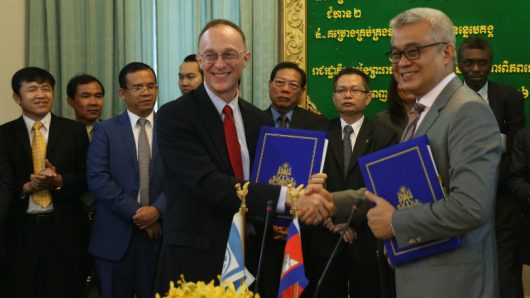 Cyclone Yagi’s aftermath has left millions in need of urgent assistance, as it caused significant damage across Southeast Asia. Governments, nongovernmental organizations (NGOs) and international organizations have mobilized quickly to deliver both immediate and long-term aid to the affected regions. Efforts focus on providing food, clean water, shelter and medical assistance to those displaced by the storm.
Cyclone Yagi’s aftermath has left millions in need of urgent assistance, as it caused significant damage across Southeast Asia. Governments, nongovernmental organizations (NGOs) and international organizations have mobilized quickly to deliver both immediate and long-term aid to the affected regions. Efforts focus on providing food, clean water, shelter and medical assistance to those displaced by the storm.
Cyclone Yagi
In September 2024, Cyclone Yagi, one of the strongest typhoons to hit Southeast Asia in the past 30 years, devastated more than 1,200 villages across 106 districts in 15 provinces in Vietnam. It damaged nearly 240,600 homes, 1,530 schools and 570 health facilities. The storm displaced more than 72,000 people and approximately 570,000 people, including 163,020 children, are in need of assistance.
Relief Efforts
In Vietnam, the government’s disaster management units have partnered with local NGOs to set up emergency shelters and distribute essential supplies. The Vietnam Red Cross, alongside the International Federation of Red Cross and Red Crescent Societies (IFRC), is at the forefront of these relief operations. Their teams are providing food, clean water, hygiene kits and emergency shelter to thousands displaced by the floods and landslides. Psychological support is also being offered to help people cope with trauma.
Plan International, known for its work in child protection, focuses on the needs of vulnerable groups, particularly children and women. In collaboration with local authorities, the organization is distributing hygiene kits and ensuring that children who are among the most affected receive psychological support. The organization’s child-friendly spaces within shelters offer a safe environment where children can engage in activities and recover from the disaster’s emotional toll.
Furthermore, in response to the storm’s widespread destruction, international organizations like the United States Agency for Internal Development (USAID) have pledged financial support. USAID has committed $1 million in humanitarian aid to provide immediate relief and support long-term recovery. This funding is helping to ensure that emergency teams can continue to distribute food, water and medicine while also addressing the urgent need for rebuilding homes and infrastructure in affected areas.
Meanwhile, local authorities are working with various international organizations to ensure that aid reaches remote areas, many of which remain cut off due to floodwaters and landslides. The priority is to restore access to clean water, power and health care services in the most affected regions. Long-term recovery plans are being developed, focusing on rebuilding homes, restoring livelihoods and strengthening disaster preparedness for future storms and natural disasters.
Final Note
As efforts continue, humanitarian organizations stress the need for ongoing support and donations to sustain relief operations. With the threat of more rainfall looming, these efforts are crucial to prevent further devastation and to help communities rebuild their lives.
– Trinity Lee
Trinity Lee is based in Bellevue, WA and focuses on Good News for The Borgen Project.
Photo: Flickr
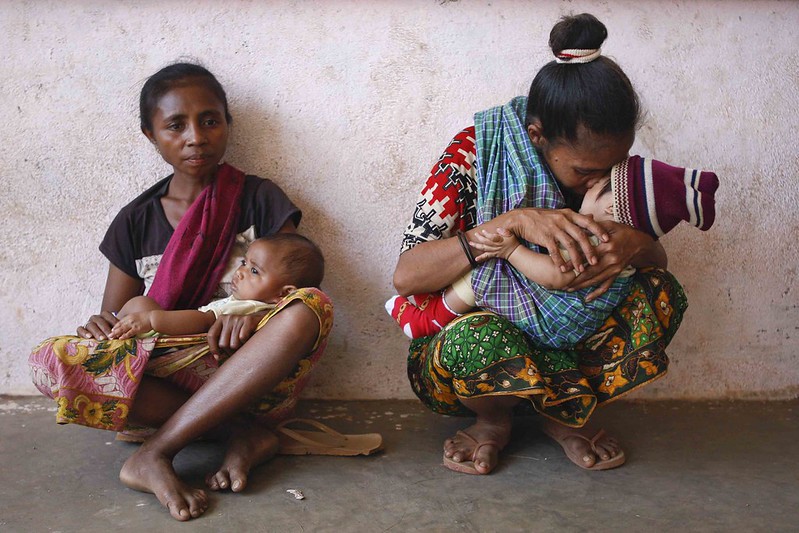 Southeast Asia, a vibrant region rich in culture and diversity, has made remarkable
Southeast Asia, a vibrant region rich in culture and diversity, has made remarkable 